Blog
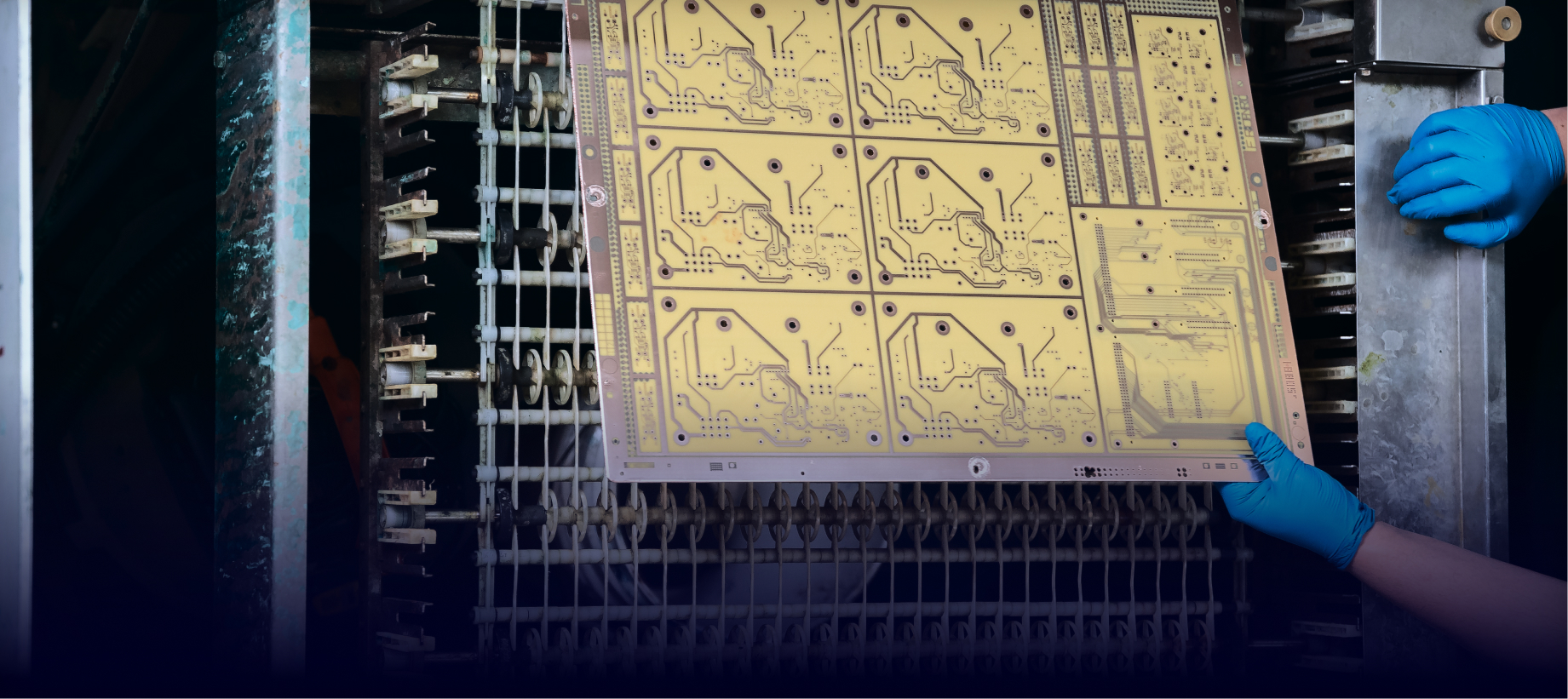
Vias, Sequential Lamination, and Plating: Navigating Their Role in Signal Integrity for PCB Design
Welcome to the fascinating world of PCB design, where the interplay of various elements shapes the heart of modern electronics. Today, let’s have a chat about something crucial but often underrated – the impact of vias, sequential lamination, and plating on signal integrity.
Vias, Sequential Lamination, and Plating: Navigating Their Role in Signal Integrity for PCB Design
Read More
Editor's Picks
View All
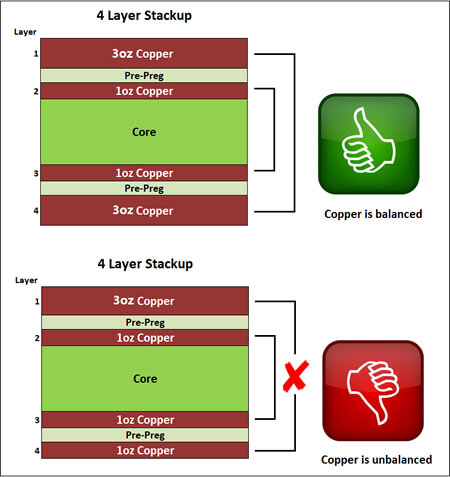
Questions from the Web
I have a question about the manufacturing capability for copper weights. Is it possible to use different copper weights on the same PCB?
Questions from the Web
Read More
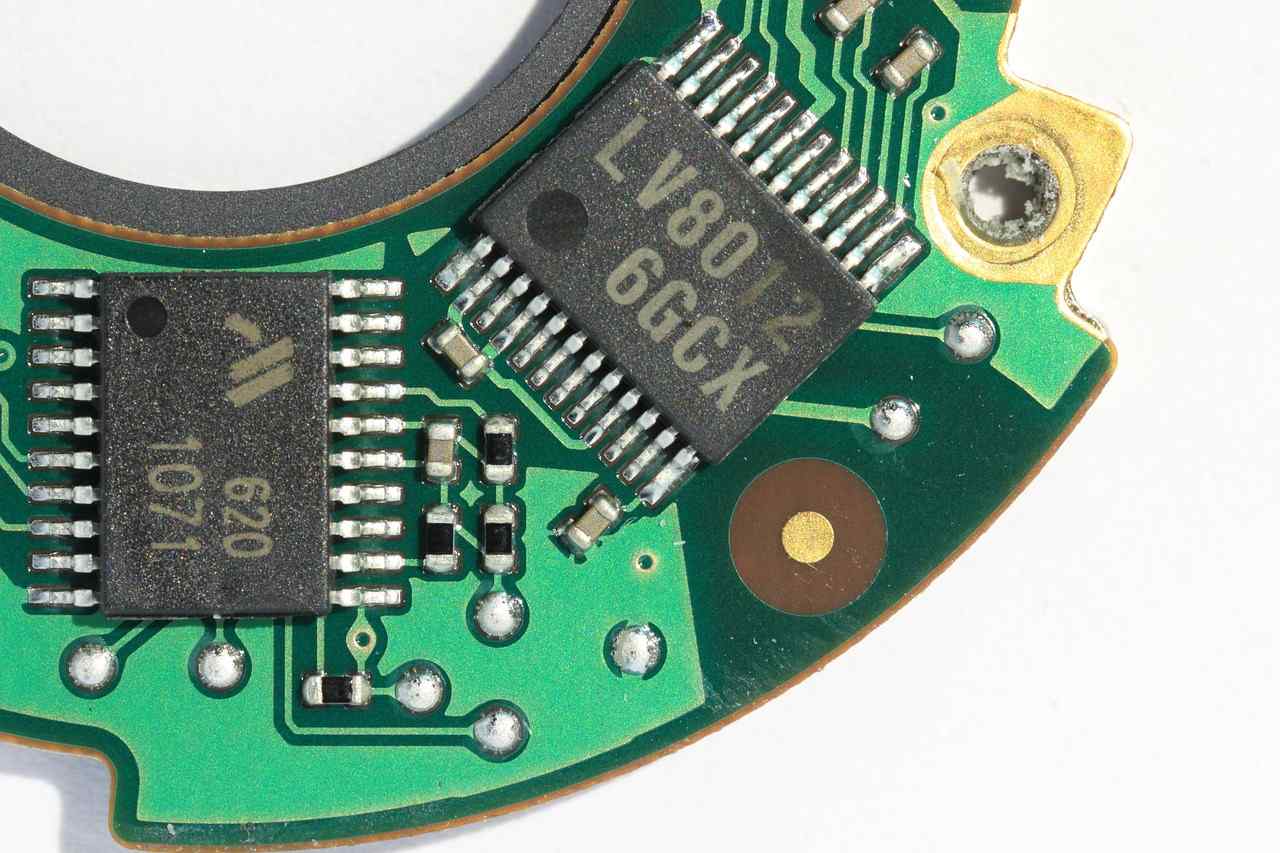
The Importance of Power and Ground Planes in PCB Design
Ground and power planes are large conductive areas in a PCB design that serve diverse purposes. Ground planes provide a common reference point for electrical signals and serve as return paths for currents.
The Importance of Power and Ground Planes in PCB Design
Read More
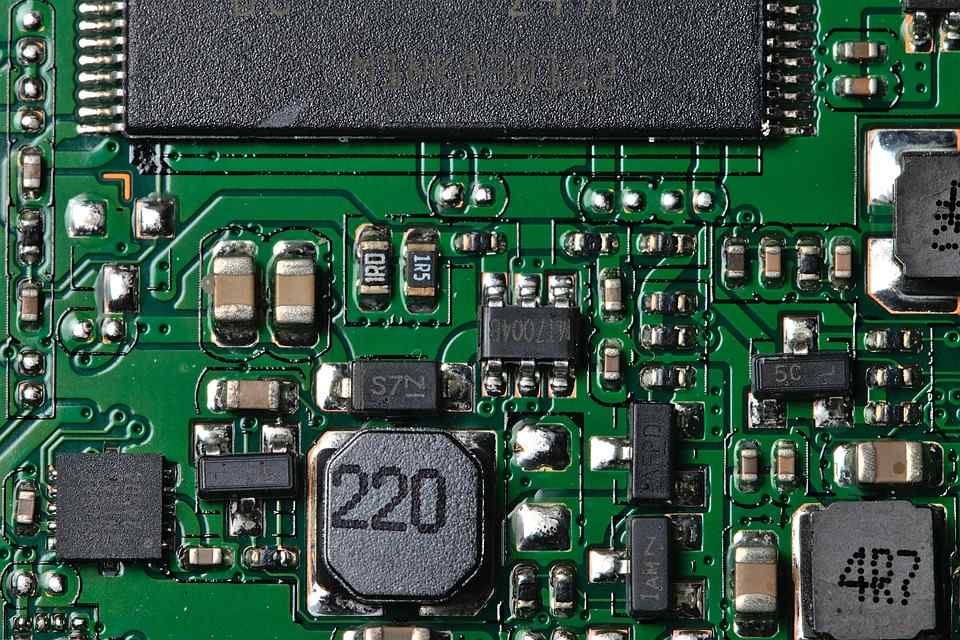
Advanced PCB Routing Strategies
PCB routing is pivotal in ensuring the functionality, signal integrity, manufacturability, and reliability of electronic designs. Conductive traces are more than mere component interconnections or power distribution paths, and through effective routing, engineers can minimize signal degradation, crosstalk, and electromagnetic interference (EMI).
Advanced PCB Routing Strategies
Read More

Meeting the Moment: Filling the Jobs in the Semiconductor Industry
The Semiconductor Industry Association, the foremost trade group in the space, projected that 67,000 of the new jobs the CHIPS Act will create are vulnerable to vacancy in 2030.
Meeting the Moment: Filling the Jobs in the Semiconductor Industry
Read More
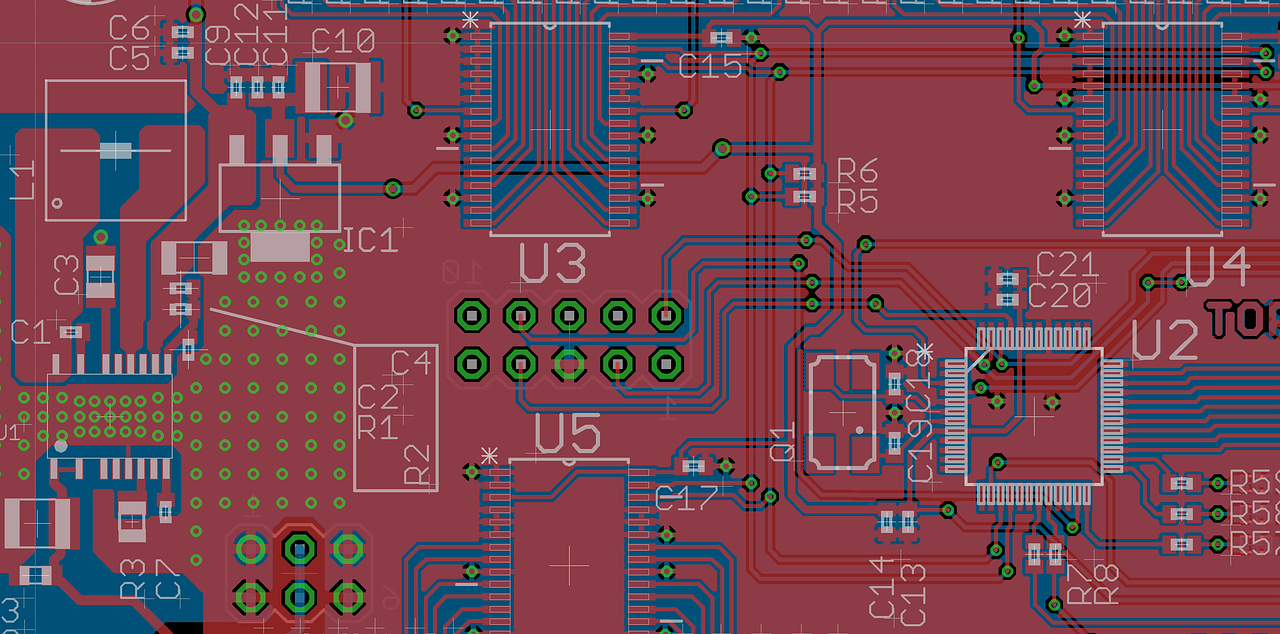.png?resizemode=force&maxsidesize=1226)
Approaches to PCB Design for Signal Integrity and Manufacturability
fter formalizing a circuit’s functionality in a schematic diagram and deciding on the parts, devices, and technologies to employ, the next step is to create a functional PCB layout. This step aims to place all components on the PCB and establish all necessary connections, ensuring that the board dimensions are minimal and that application-specific goals, such as minimal losses or maximal signal integrity, are met.
Approaches to PCB Design for Signal Integrity and Manufacturability
Read More

Understanding High-Power PCB Requirements
Pinpointing what constitutes a high-power design can be challenging. However, high-power designs generally involve currents measuring multiple amperes or voltages extending into the kilovolt range.
Understanding High-Power PCB Requirements
Read More

Navigating The Choice Between Surface-Mount Devices and Through-Hole Components
Before constructing a PCB layout, engineers should take a few preparatory steps to streamline the layout creation. When designing digital and analog circuits, one crucial question is which technology to use.
Navigating The Choice Between Surface-Mount Devices and Through-Hole Components
Read More

The Significance of Thermal Management in the PCB Design Process
Temperature influences electronic component behavior and characteristics in numerous ways. The effects are not limited to the components that get hot directly, but also those that are indirectly affected — for example, due to proximity or the PCB material’s thermal properties.
The Significance of Thermal Management in the PCB Design Process
Read More
Browse
All Categories


